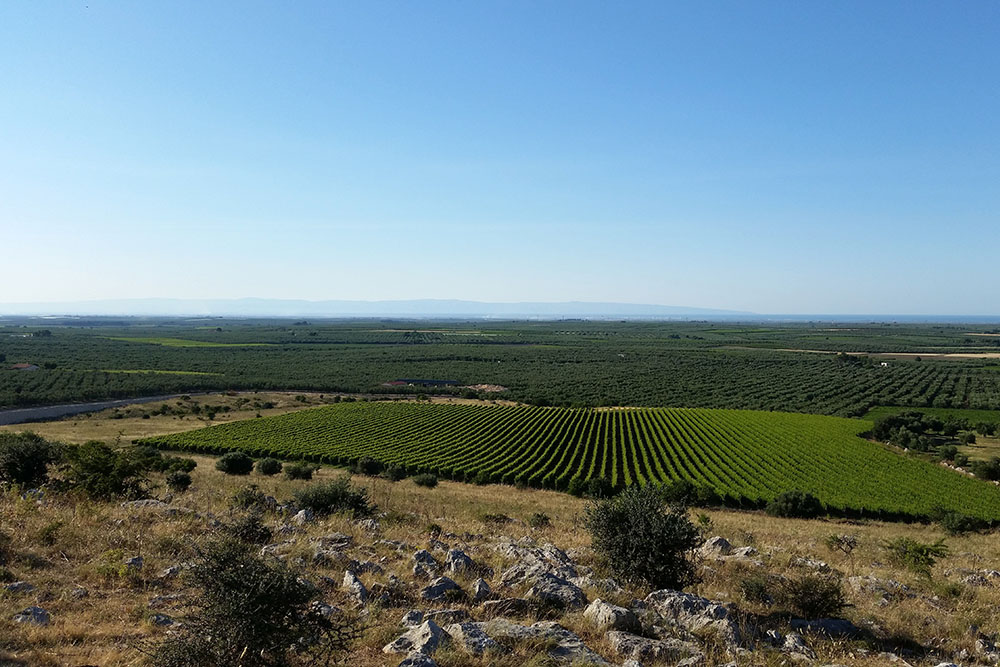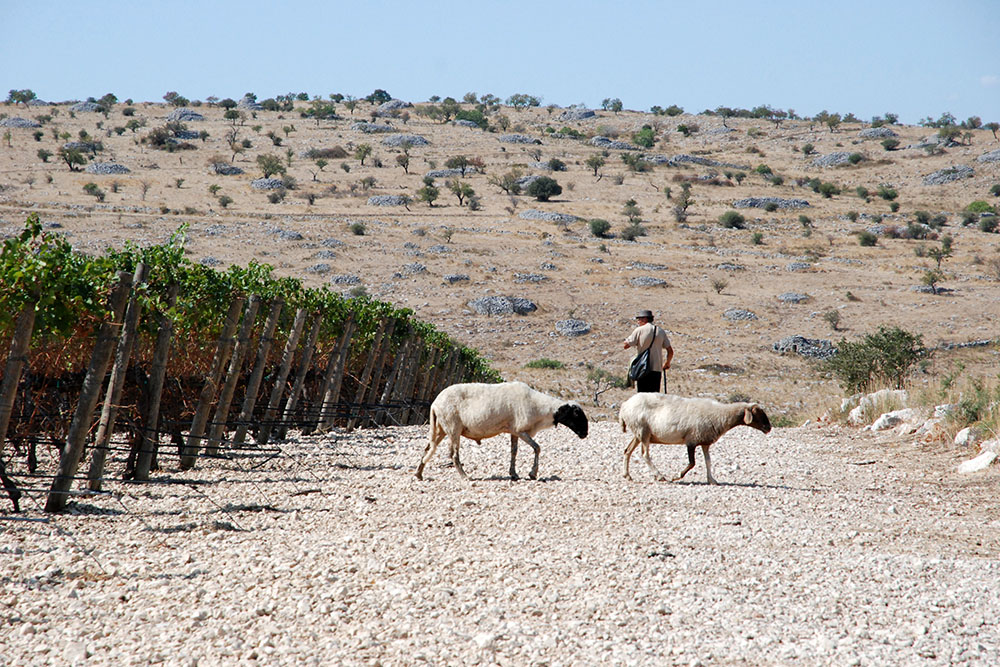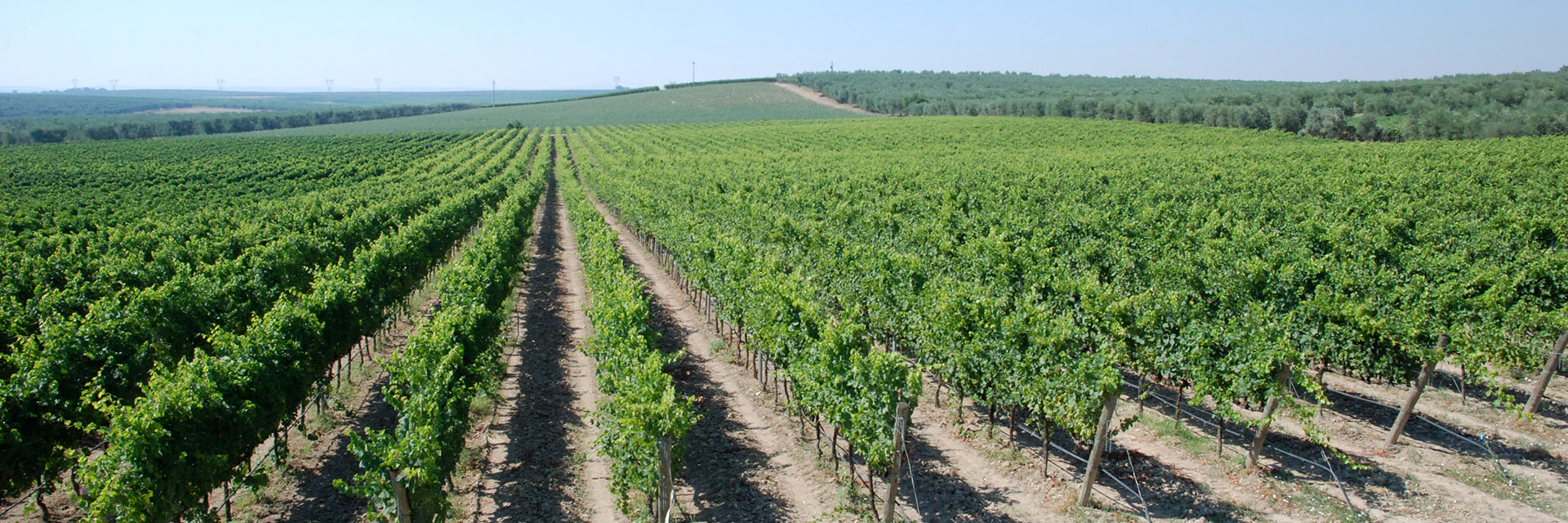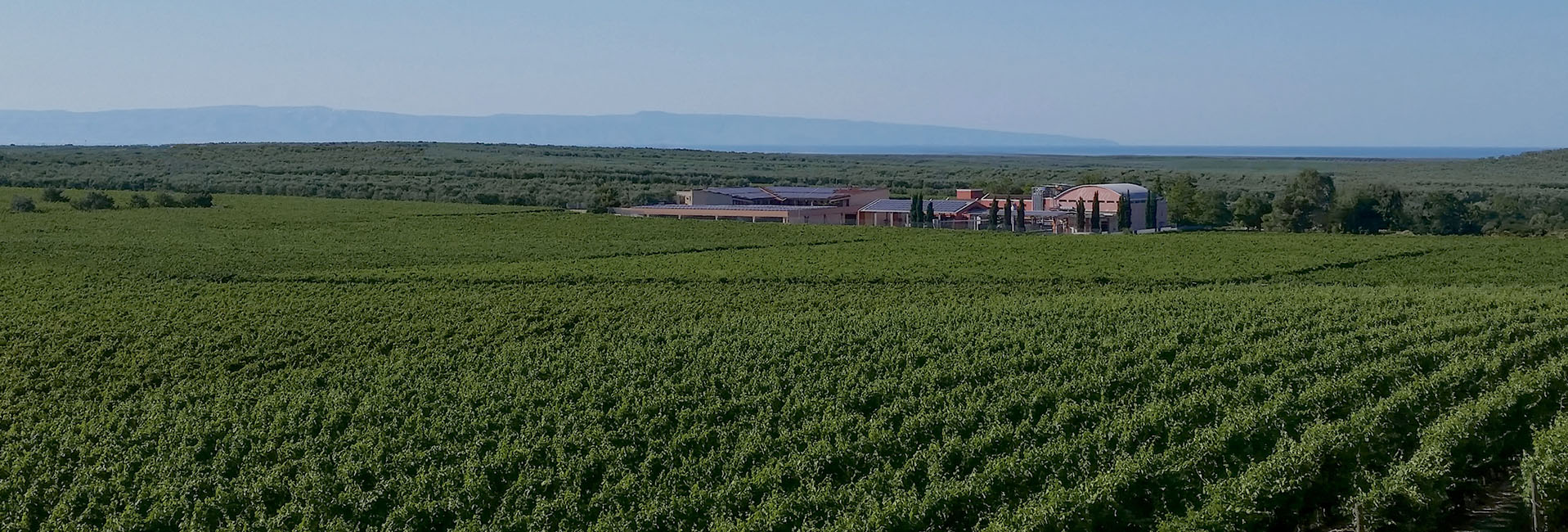The vineyards, located on limestone-based high plateaus and exposed to northerly winds coming in from the Adriatic Sea, combined with the characteristics of native vines with slow, late ripening, make the Castel del Monte area an example of how Apulian wine production can be represented by wines of surprising freshness, elegance and longevity. The soul of Rivera are the vineyards: 70 hectares of property, flanked by 75 Ha of specialized olive groves, trained by spurred cordon and guyot with high density of vines per hectare and low unit production, and cultivated according to sustainable farming protocols in a wine growing project that focuses everything on quality and the enhancement of the different terroirs of the estate.

Torre di Bocca and Tafuri Vineyards
The Rivera, Torre di Bocca, Tafuri and Monte Carafa plots, between 180 and 250 meters above sea level, are characterized by limestone-tufaceous soils of marine sedimentation, poor and deep. Native white grapes, such as Fiano and Bombino Bianco, with surprising sapidity, and red grapes – Bombino Nero, Nero di Troia, Aglianico and Montepulciano – of elegance and structure are grown there.

Lama dei Corvi Vineyard
Added to these is the impressive Lama dei Corvi vineyard, created by crushing the typical limestone rocks on a spur of the Alta Murgia hills at an elevation of 350 meters with views toward the Adriatic Sea and the distant Gargano massif, which gives Chardonnay and Sauvignon distinctive freshness and minerality.

Since the 2020 vintage, the grapes produced in our vineyards and consequently the wines made from them have been awarded the significant Sustainable Quality Certification SQNPI – Sistema di Qualità Nazionale Produzione Integrata.
What is the NATIONAL QUALITY SYSTEM INTEGRATED PRODUCTION (SQNPI)?
The SQNPI is a national certification scheme whose objective is to enhance the value of vegetable agricultural production obtained in conformity with integrated farming regulations through a voluntary production system that uses production methods and methods of defence against disease in order to minimise the use of synthetic chemical substances and rationalise fertilisation, while respecting the principles of environmental and economic protection.

